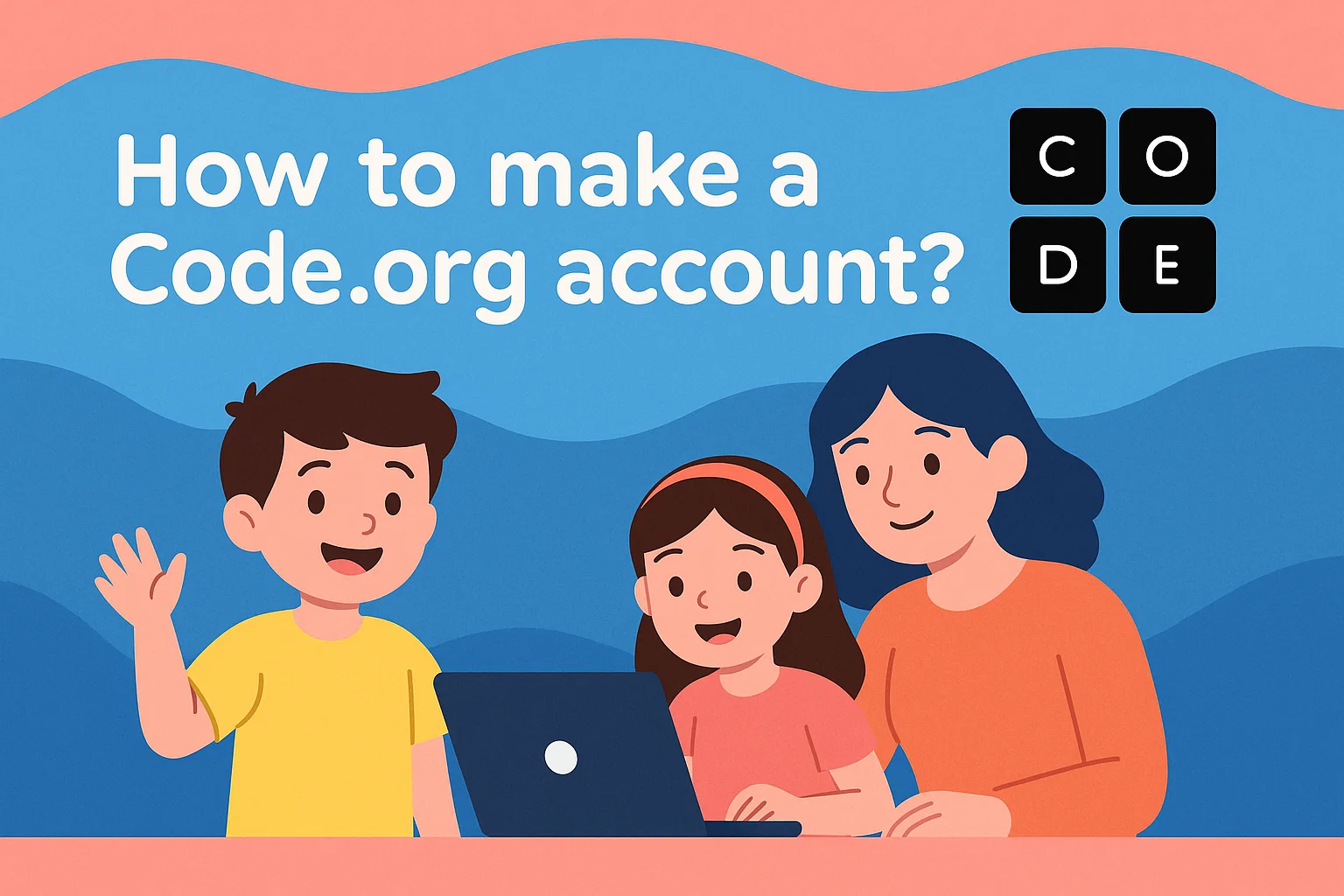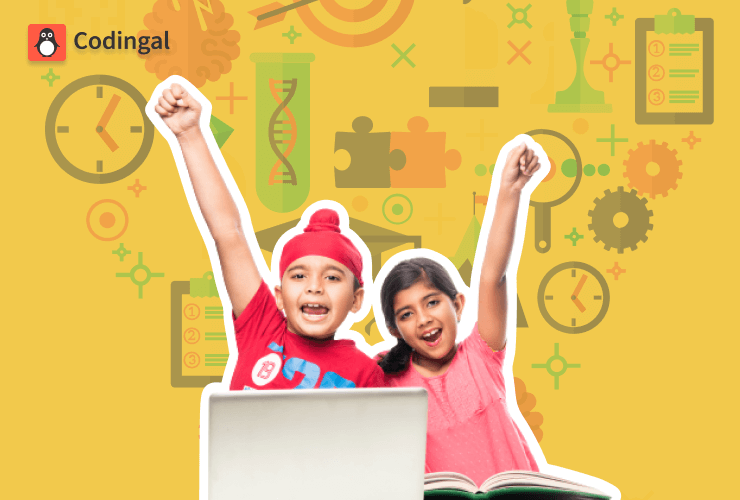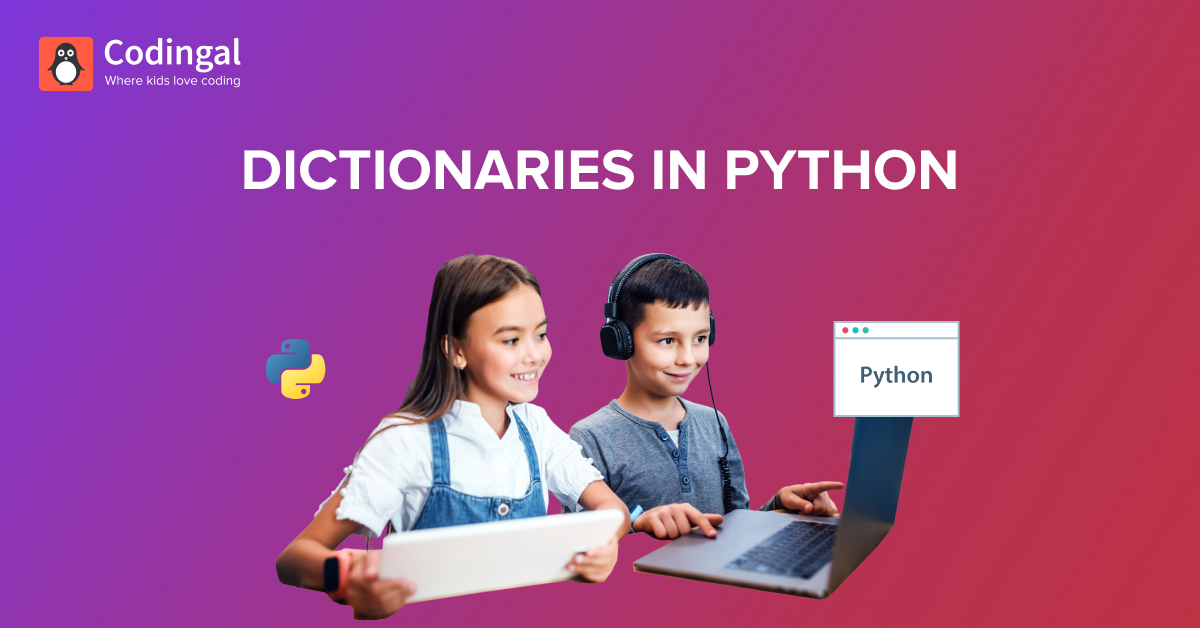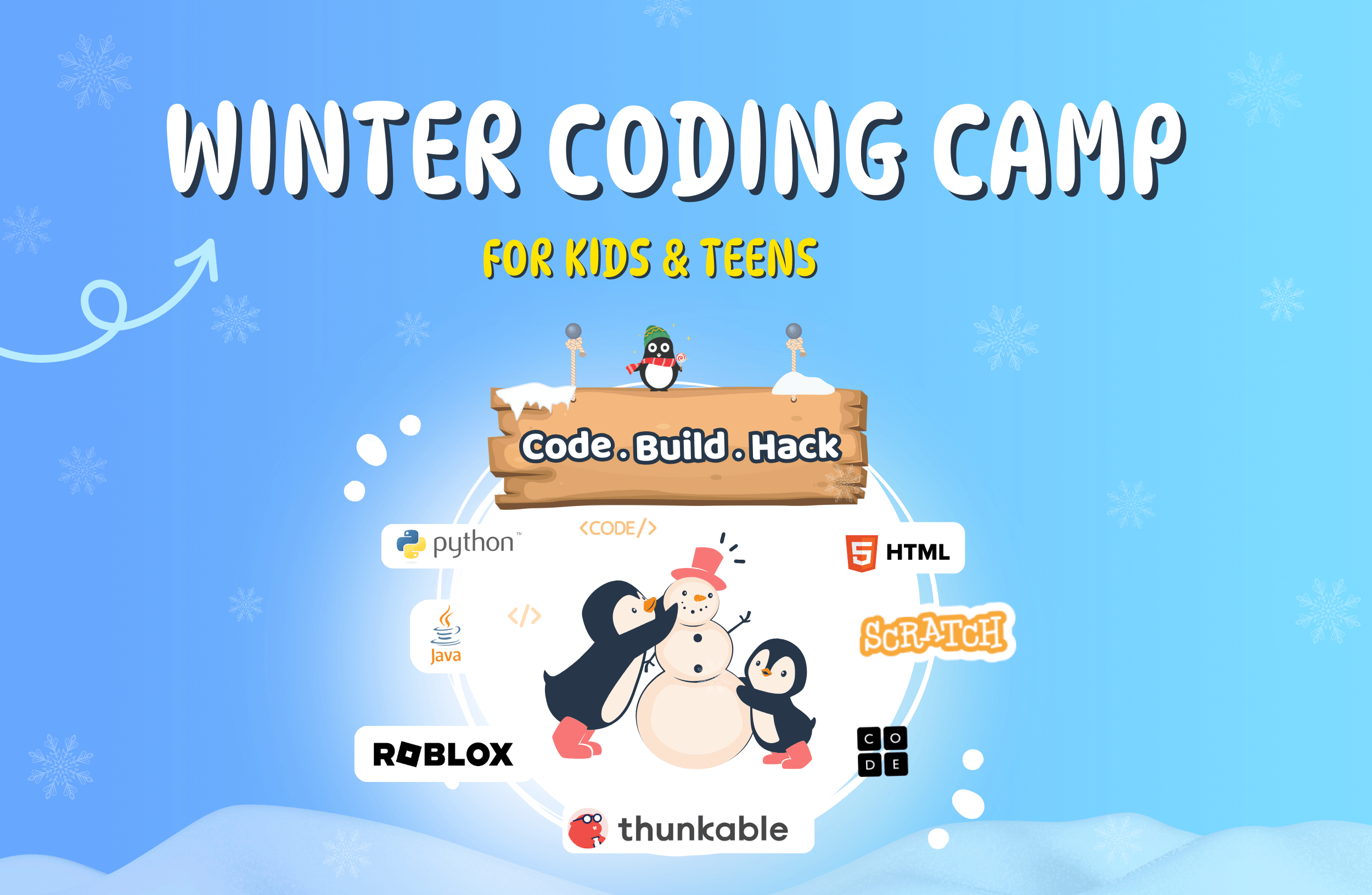Introduction
Many parents face the same dilemma:
“Should my teen start coding on a free, self-paced platform like Code.org, or invest in a live, project-based program such as Codingal?”
This guide goes beyond marketing claims to compare both platforms across curriculum depth, teaching style, community engagement, and long-term learning outcomes.
Spoiler: Both platforms are excellent — but they cater to very different types of learners.
Quick Take for Busy Readers
- Choose Code.org if your teen thrives on structured tutorials, manages screen time independently, and needs a free, low-barrier entry into computer science fundamentals.
- Choose Codingal if your teen learns best through live interaction, wants to build portfolio-ready projects, and values accredited certificates that strengthen college applications.
Key takeaway: A blended approach works best — start with Code.org’s Hour of Code for early exposure, then transition into Codingal’s structured live courses for deeper, project-based mastery.
Why Strong CS Foundations Matter in 2025 and Beyond
Digital fluency is fast becoming as essential as literacy. According to a recent Code.org parent report, students exposed to computer science earn 8% more by age 26.
- Early exposure fuels reasoning and creativity — key skills that amplify success across math, science, and writing.
- College admissions now favor demonstrable projects. Codingal’s STEM.org-accredited certificates, when combined with a GitHub portfolio, stand out on applications.
- Recruiters increasingly assess portfolios as evidence of problem-solving ability, creativity, and persistence.
Snapshot: What Each Platform Offers
Code.org at a Glance
- Mission-driven nonprofit: Dedicated to bringing computer science education to every student worldwide.
- Free for all: From Kindergarten to AP Computer Science Principles — ideal for budget-conscious families.
- Self-paced learning: Gamified puzzles and “line-of-code” counters make progress visible and motivating.
- Hour of Code gateway: Drag-and-drop mini-projects introduce beginners to coding in minutes, lowering the psychological barrier to entry.

Codingal at a Glance
- Live, interactive instruction: One-on-one or small-group classes ensure personalized attention.
- Project-based curriculum: Every unit ends with a real app, game, or website — translating theory into tangible outcomes.
- Recognized certification: Students earn badges such as Young Python Programmer and compete in national Olympiads, boosting both confidence and résumés.
Curriculum Design: Project-Based vs. Structured Tutorials
| Code.org | Codingal | |
|---|---|---|
| Approach | Structured, puzzle-style tutorials | Guided, project-based maker space |
| Strength | Clear progression — students always know what to do next | Real-world projects integrate multiple concepts |
| Trade-off | Can limit creativity if over-guided | Requires mentor feedback to bridge conceptual gaps |
Code.org feels like a structured staircase, perfect for beginners who need step-by-step guidance.
Codingal functions as a guided makerspace, where live mentors help students design, build, and debug original creations.
Teaching Modality and Support
Codingal: Live Mentorship
- Two-way learning: Students can ask questions, receive instant feedback, and engage in discussions that deepen understanding.
- Flexible scheduling: Classes fit around school hours and extracurriculars.
Code.org: Self-Paced Guidance
- Motivational checkpoints: Progress bars and code counters keep learners engaged.
- Safe peer exploration: Students can view others’ projects but cannot comment — promoting inspiration without toxic feedback loops.
Depth of Content and Skill Progression
Code.org Pathway
- K–5: Visual coding and digital citizenship.
- Grades 6–10: JavaScript via App Lab and Game Lab.
- Grades 11–12: AP Computer Science A prep and career exploration.
- Access: 100% free, with teacher dashboards for schools.
Codingal Pathway
- Scratch Programming (36 lessons): Foundational logic and creativity.
- Python, Web & Game Development (48 lessons): Intermediate coding through structured projects.
- Coding Prodigy Track (96 lessons): Advanced training in AI, data science, and competitive coding — spanning 9–12 months.
Each milestone unlocks new certificates, leaderboards, and scholarships through hackathons and the National Coding Olympiad.
Accessibility, Cost, and Tools
| Factor | Code.org | Codingal |
|---|---|---|
| Price | 100% free | Paid courses; free webinars & contests |
| Hardware Needs | Web browser only | Browser + Zoom |
| Editor Environment | Built-in drag-and-drop, App Lab | Scratch, MIT App Inventor, VS Code for Education |
| Data Privacy | COPPA-compliant, minimal data collection | Privacy-by-design with strong governance |
Bottom line: If you need a free, flexible platform — go with Code.org.
If you’re looking for structured, instructor-led learning with measurable outcomes, Codingal is worth the investment.
Community, Competitions, and Motivation
- Codingal’s community energy: Frequent hackathons, leaderboards, and coding challenges keep motivation high.
- Code.org’s global reach: Tens of millions join Hour of Code every December, showcasing how coding has become mainstream.
- Engagement difference: Code.org limits social interaction for safety, while Codingal channels competition into collaboration and confidence.
Parent and Teacher Involvement
- Codingal: Parents receive detailed progress reports and milestone updates, making it easier to celebrate achievements or intervene early.
- Code.org: Provides advocacy kits and research to help caregivers push for more computer science in schools — fueling systemic change.
Which Platform Fits Your Teen Best?
For Self-Starters
- Teens who love independence and self-driven learning thrive on Code.org’s structured modules.
- The money saved can fund hardware kits like Raspberry Pi or robotics projects.
For Collaborative Learners
- Teens who learn best through discussion, feedback, and accountability flourish in Codingal’s live classrooms.
- The small-group setting strengthens communication and teamwork.
Best of Both Worlds
- Begin with Code.org’s Hour of Code to ignite curiosity.
- Progress to Codingal’s 48-lesson Coding Champion track for mastery and portfolio-ready outcomes.
- Use VS Code for Education to simulate real-world developer tools.
Tips to Maximize Learning on Either Platform
- Set SMART goals: “Finish Unit 3 by March” or “Publish a Python quiz app” — clear goals drive consistency.
- Reflect regularly: Encourage journaling about challenges and solutions — great for college essays and interviews.
- Teach others: Explaining concepts reinforces mastery.
- Connect learning to interests: Link code to hobbies — music, art, or sports analytics — to sustain engagement.
Final Verdict
There’s no single winner — only the right fit for your teen’s goals.
- Code.org excels in accessibility, structure, and free nationwide adoption.
- Codingal stands out for mentorship, real-world projects, and globally recognized certification.
Remember: The goal isn’t memorizing syntax, it’s developing problem-solvers who can invent tomorrow’s technology.
By combining both platforms, you give your teen structure, creativity, community, and credibility — the four pillars of lasting computer science success.
FAQ
1. What’s the main difference between Code.org and Codingal?
Code.org focuses on free, self-paced tutorials, while Codingal offers live, instructor-led, project-based learning with accredited certification.
2. Who should choose Code.org?
Teens who prefer independence, structured lessons, and a cost-free introduction to coding fundamentals.
3. Why pick Codingal instead?
Learners who value real-time feedback, mentorship, and certificates that strengthen college portfolios.
4. Can both platforms be used together?
Absolutely. Start with Code.org for foundational concepts, then transition to Codingal for hands-on projects and advanced application.
5. Are both platforms budget-friendly?
Code.org is entirely free. Codingal is a paid platform but offers strong instructor guidance, personalized feedback, and tangible outcomes that justify the investment.
In short: Start free. Learn deeply. Build confidently.
That’s the journey from Code.org to Codingal — from curiosity to creation.













